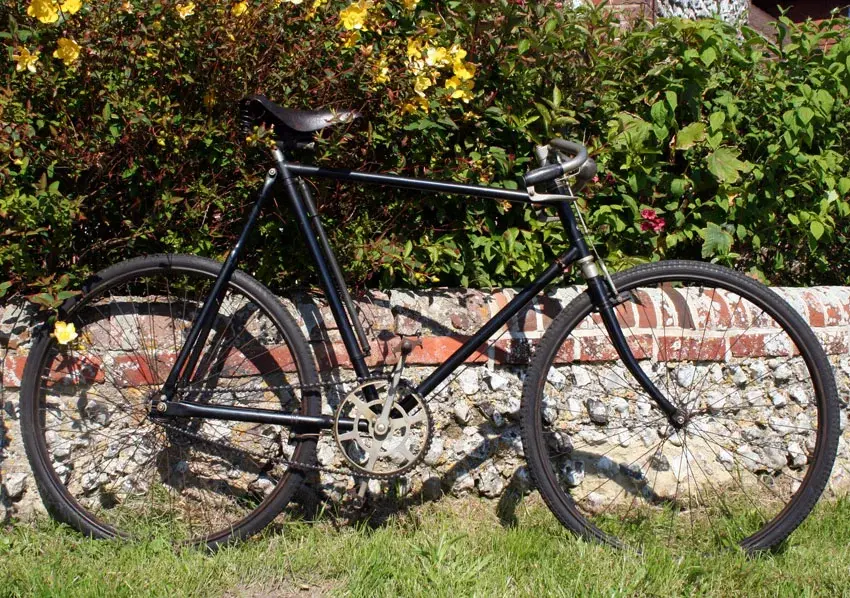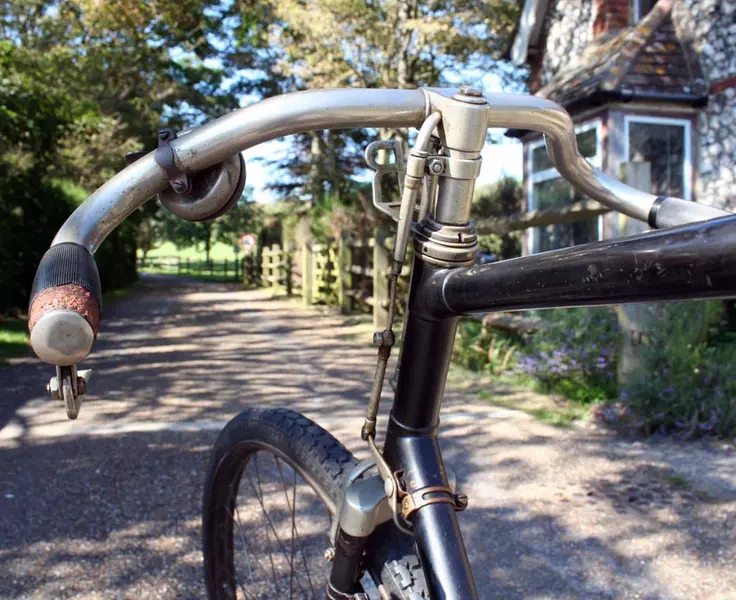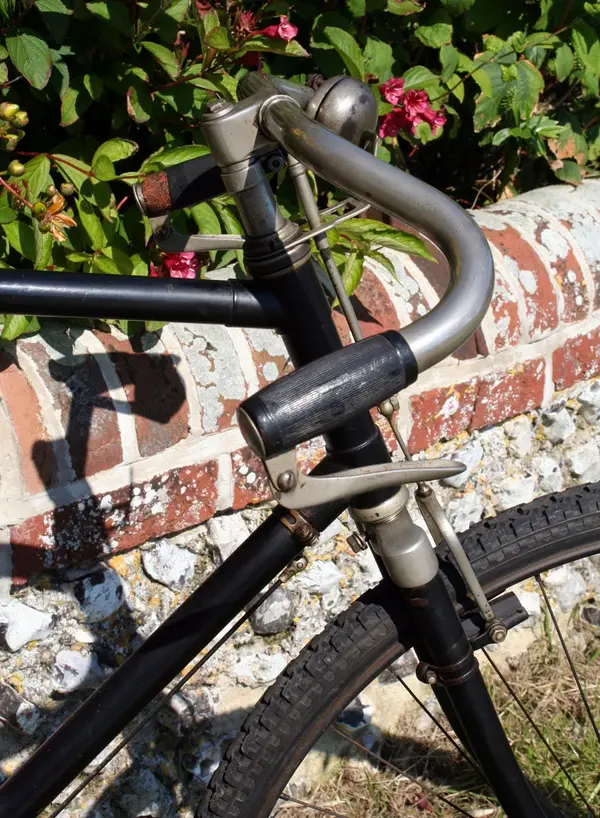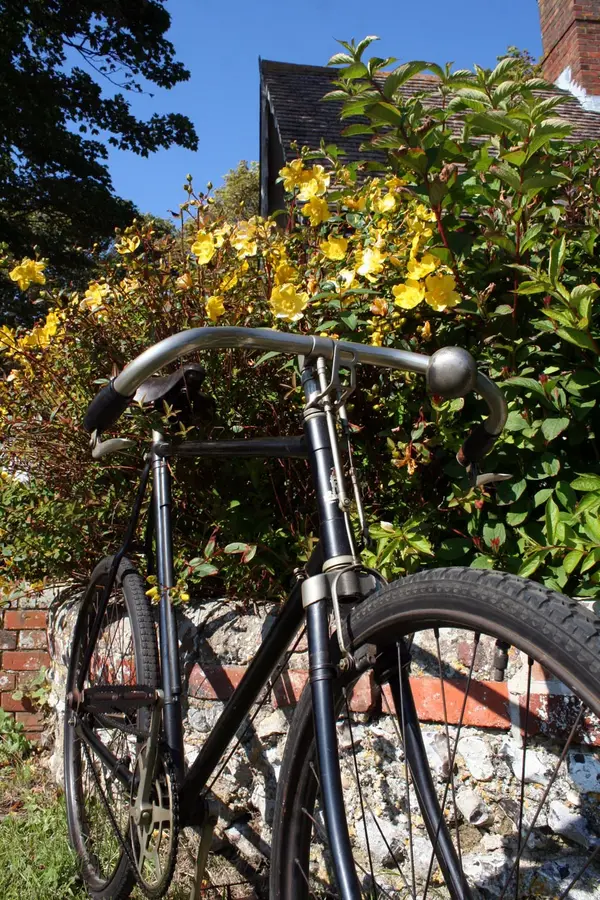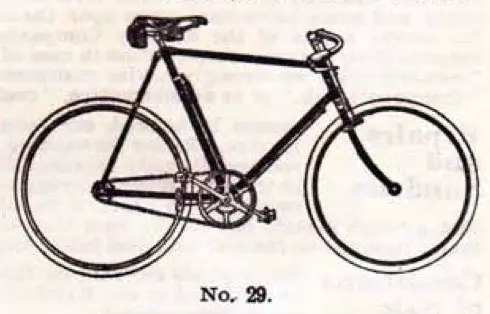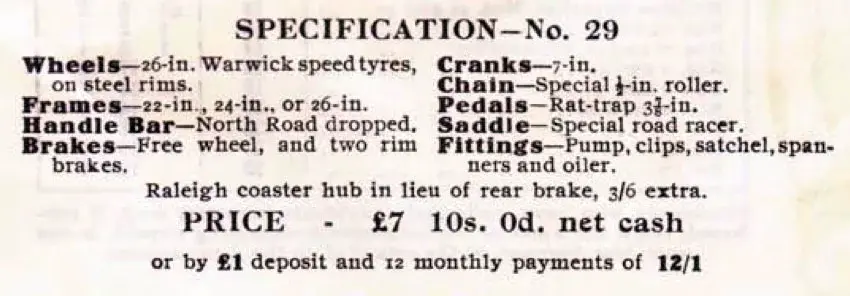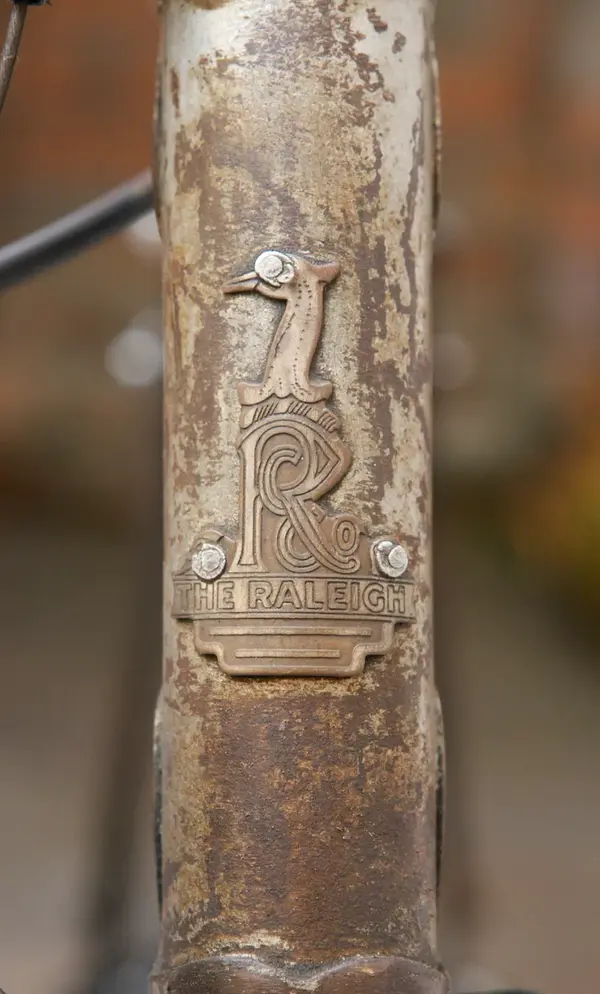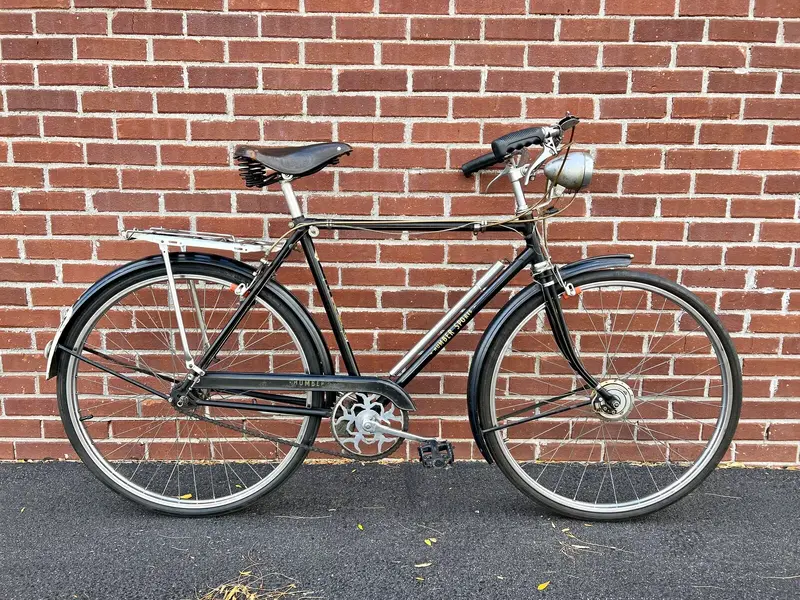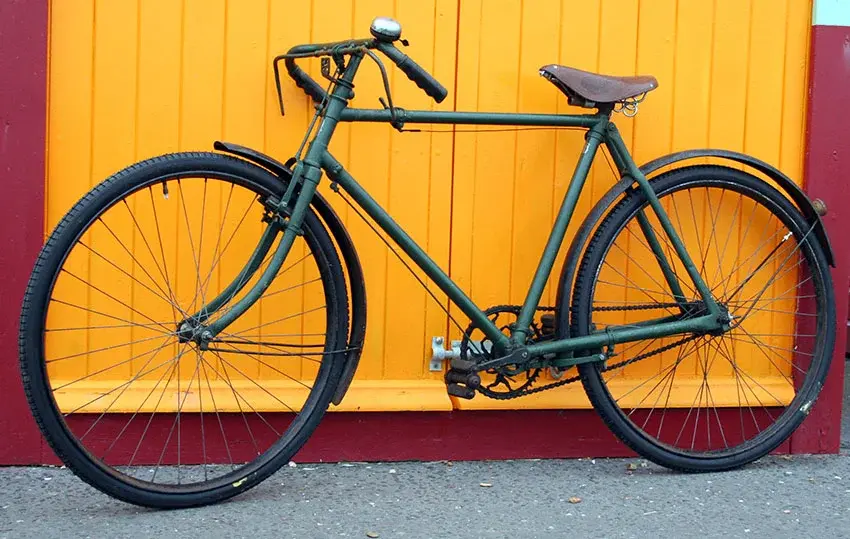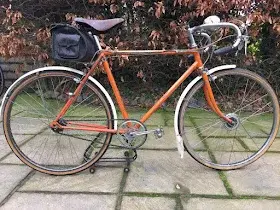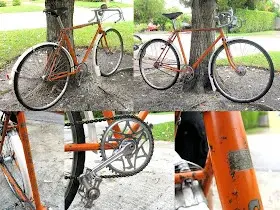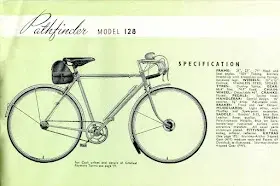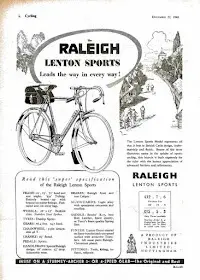You are using an out of date browser. It may not display this or other websites correctly.
You should upgrade or use an alternative browser.
You should upgrade or use an alternative browser.
Raleigh: The Great British Bicycle Company
- Thread starter Canuk
- Start date
Canuk
Old School Grand Master
This No 29 Road Racer provides some interesting insight into Raleigh sales during WW1 – because the frame number 501863 suggests a manufacture date of 1914/1915, while its original sales receipt shows that it was first sold in 1917. This was presumably the result of the War on manufacture and sales.
‘Inevitably, bicycle production had to be substantially reduced to cope with munitions work although the total number of employees by the end of 1915 had risen to over 2000. Most of the new workers were women, something of an innovation in the cycle industry.
In order to make the bicycle side as efficient as possible it was decided to concentrate on the most popular models and drop the rest from the list. The war produced scares and rumours of all sorts and one such rumour which was quite widespread in the winter of 1916 was that Raleighs might have to give up bicycle manufacture altogether in 1917.
Harold Bowden lost no time in sending out a circular to all agents saying that unless something unforeseen and totally unexpected was to happen, deliveries for 1917 would be just as reliable as they had been in 1916. In fact the bicycle side never even came close to being shut down during the war and to make up for the absence of the annual Cycle Show, which inevitably had to be abandoned for the duration, Raleighs began to put on special displays at their London showrooms to serve the same purpose.’
‘Inevitably, bicycle production had to be substantially reduced to cope with munitions work although the total number of employees by the end of 1915 had risen to over 2000. Most of the new workers were women, something of an innovation in the cycle industry.
In order to make the bicycle side as efficient as possible it was decided to concentrate on the most popular models and drop the rest from the list. The war produced scares and rumours of all sorts and one such rumour which was quite widespread in the winter of 1916 was that Raleighs might have to give up bicycle manufacture altogether in 1917.
Harold Bowden lost no time in sending out a circular to all agents saying that unless something unforeseen and totally unexpected was to happen, deliveries for 1917 would be just as reliable as they had been in 1916. In fact the bicycle side never even came close to being shut down during the war and to make up for the absence of the annual Cycle Show, which inevitably had to be abandoned for the duration, Raleighs began to put on special displays at their London showrooms to serve the same purpose.’
Attachments
Canuk
Old School Grand Master
Humber Cycles
There was a resurgence in domestic and export demand for pedal bicycles and by February 1932 Raleigh had acquired all the Humber Limited trade marks. Manufacture was transferred to Raleigh's Nottingham works.[20] Raleigh-made Humbers differed from Raleighs only in chainwheels, fork crowns and some brakework.
During World War II, the Raleigh factory in Nottingham was used for the production of fuzes. Bicycle production was reduced to approximately 5% of its peacetime capacity.
In 1939, Raleigh opened a bicycle factory at 6 Hanover Quay, Dublin, Ireland and commenced bicycle production there. The Raleigh (Ireland) business expanded and moved to 8–11 Hanover Quay, Dublin in 1943. The plant produced complete bicycles and Sturmey-Archer hubs, and remained in production until 1976, when the factory burned down. Models produced there latterly were the Chopper and Triumph 20. The head badges changed in the late 1960s, possibly after the passing of the Trade Descriptions Act in the UK. Dublin-made machines no longer had "Nottingham England" on the Heron or Triumph head badge, the panel being left blank instead.
There was a resurgence in domestic and export demand for pedal bicycles and by February 1932 Raleigh had acquired all the Humber Limited trade marks. Manufacture was transferred to Raleigh's Nottingham works.[20] Raleigh-made Humbers differed from Raleighs only in chainwheels, fork crowns and some brakework.
During World War II, the Raleigh factory in Nottingham was used for the production of fuzes. Bicycle production was reduced to approximately 5% of its peacetime capacity.
In 1939, Raleigh opened a bicycle factory at 6 Hanover Quay, Dublin, Ireland and commenced bicycle production there. The Raleigh (Ireland) business expanded and moved to 8–11 Hanover Quay, Dublin in 1943. The plant produced complete bicycles and Sturmey-Archer hubs, and remained in production until 1976, when the factory burned down. Models produced there latterly were the Chopper and Triumph 20. The head badges changed in the late 1960s, possibly after the passing of the Trade Descriptions Act in the UK. Dublin-made machines no longer had "Nottingham England" on the Heron or Triumph head badge, the panel being left blank instead.
Similar threads
- Replies
- 3
- Views
- 1K
- Replies
- 37
- Views
- 7K
- Replies
- 13
- Views
- 2K
